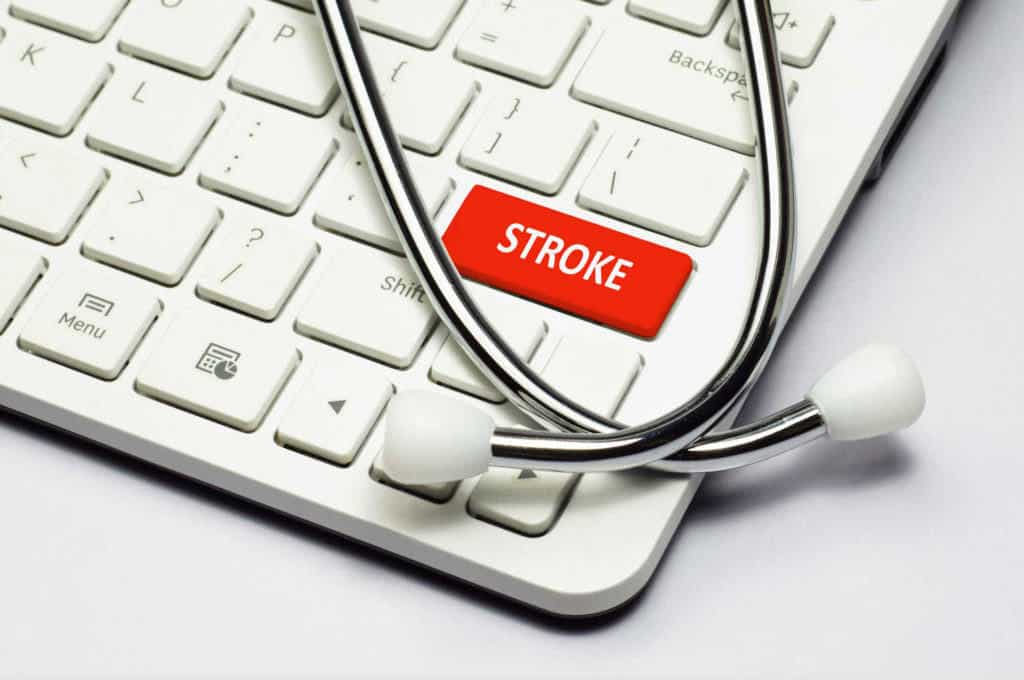Contents:
- Medical Video: Fibromuscular Dysplasia: A Mystery of Vascular Medicine
- What are the symptoms of fibromuscular dysplasia (FMD)?
- What causes FMD?
- How do you diagnose FMD?
- How do you treat FMD?
Medical Video: Fibromuscular Dysplasia: A Mystery of Vascular Medicine
Fibromuscular dysplasia (FMD) is a disease in which a short segment of a blood vessel (usually an artery) narrows by abnormal growth on the wall. This is caused by a process known as "fibromuscular hyperplasia" aka FMD. FMD can affect blood vessels in the body, but most often affects blood vessels that carry blood to the kidneys and brain. When FMD affects blood vessels that feed the brain, this can cause strokes.
What are the symptoms of fibromuscular dysplasia (FMD)?
Someone with FMD often does not feel any symptoms. However, after abnormal growth of blood vessel walls affects blood flow to one part of the brain, patients can feel headaches, neck pain, ringing in the ears, vertigo and nausea. They can also be temporarily unable to see through one or both eyes, or even experience repeated loss of consciousness. Unfortunately, in many cases, the first symptom of FMD is a transient ischemic attack or stroke.
What causes FMD?
Scientists associate FMD with genes, hormones, and other factors, but the cause of FMD is still unknown. People who experience an increased risk of FMD include:
- smoker
- people with high blood pressure
- someone with a relative or family who has experienced FMD
How do you diagnose FMD?
There are several tests used to diagnose FMD, but the two most common are:
Duplex ultrasonography: This test measures the speed of blood passing through a blood vessel. In blood vessels affected by FMD, the speed of blood flow increases because it rushes through a narrow area where the blood vessel walls are thickened by FMD.
CT angiography: This test injects a contrast dye into the area of the blood vessels affected by FMD. This contrast dye appears on an x-ray so that the bright area represents the shape of the inside of the blood vessels. The typical form of blood vessels affected by FMD on CT angiography is referred to as "beads," because the bright areas on the CT scan or CAT scan look like strands of beads.
How do you treat FMD?
Some techniques are used to reopen blood vessels affected by FMD. The most common are:
Percutaneous angioplasty and stenting: In this procedure, a special wire known as a "catheter angiography" is inserted into a blood vessel in the groin and is directed to all areas of blood vessels that are affected by FMD. Once there, the balloon connected to the tip of the catheter slowly ballooned, causing a narrow area of blood vessels to expand. Sometimes, a special connecting wire called a stent is also placed to prevent the same area of blood vessels from being exposed to FMD.
Resection and anastomosis: This is a surgical procedure in which the area of the blood vessels affected by FMD is dissected.
Autograft placement: This treatment of FMD involves removing the part of the blood vessel that is affected by FMD and replaced with a small segment of the blood vessel that was previously taken from another part, usually from the foot.
Carotid endarterectomy : This procedure is performed to reopen the carotid artery when narrowed due to various diseases, one of which is FMD. This type of surgery involves manually removing areas of blood vessels that interfere with normal blood flow.












